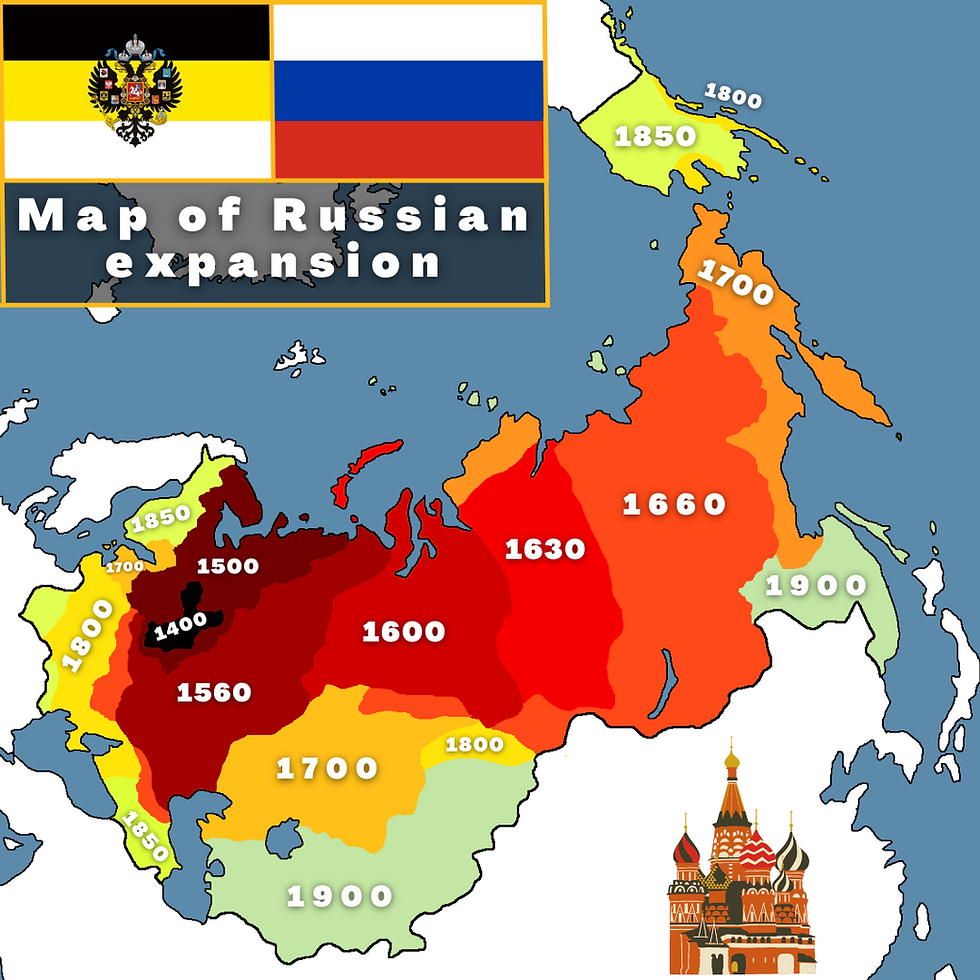Ottoman Empire around 1900
- hunmapper

- May 22, 2021
- 2 min read
By the end of the 19th century, the Ottoman Empire had significantly declined. Although efforts were made to modernize the Empire no attempts could stop the declination.

Territorial Decline (19th century)
After a revolt, Greece became independent from the Ottoman Empire in 1830. In 1878, the Congress of Berlin declared the independence of Romania, Serbia, and Bulgaria. After the Congress, the British Empire occupied Cyprus and Austria-Hungary was allowed to occupy Bosnia, although officially it remained Ottoman territory. Austria-Hungary was also allowed to maintain garrisons in the Sanjak of Novi Pazar. The United Kingdom managed to establish sovereignty over Egypt after Egyptian forces were defeated by the British in 1882. After the Great War broke out in 1914 Egypt became a British protectorate. Between 1878 and 1885 Eastern Rumelia became de-facto independent. This independence only lasted for 7 years and in 1885 Easter Rumelia was united with Bulgaria (although on paper it was an Ottoman province until 1908.). After the defeat at the Italo-Turkish War, the Ottoman Empire had to cede Libya to Italy.
Financial Crisis
In this period, the Ottoman Empire spent only small amounts of public funds on education; for example in 1860–61 only 0.2 percent of the total budget was invested in education. As the Ottoman state attempted to modernize its infrastructure and army in response to threats from the outside, it also opened itself up to a different kind of threat: that of creditors. The Ottoman state, which had begun taking on debt with the Crimean War, was forced to declare bankruptcy in 1875. By 1881, the Ottoman Empire agreed to have its debt controlled by an institution known as the Ottoman Public Debt Administration. The body controlled swaths of the Ottoman economy and used its position to ensure that European capital continued to penetrate the empire, often to the detriment of local Ottoman interests. As the Ottoman Empire gradually shrank in size, some 7–9 million Muslims from its former territories in the Caucasus, Crimea, Balkans and the Mediterranean islands migrated to Anatolia and Eastern Thrace.
Young Turk Movement (1908) and final years
The Movement successfully restored the Ottoman constitution of 1876 and brought in multi-party politics and electoral law. The constitution offered hope by freeing the empire's citizens to modernize the state's institutions, rejuvenate its strength, and enable it to hold its own against outside powers. Its guarantee of liberties promised to dissolve inter-communal tensions and transform the empire into a more harmonious place. Members of the Young Turks movement who had once gone underground now established their parties. However, many ethnic parties also formed, with the most famous one being the Armenian National Movement which further destabilized the Empire. The Empire faced continuous unrest in the years leading up to World War I, including the Ottoman countercoup of 1909, the 31 March Incident, and two further coups in 1912 and 1913. After the Ottoman Empire lost World War I. the empire collapsed, and the new Turkish State had to fight a long war for independence.




Comments